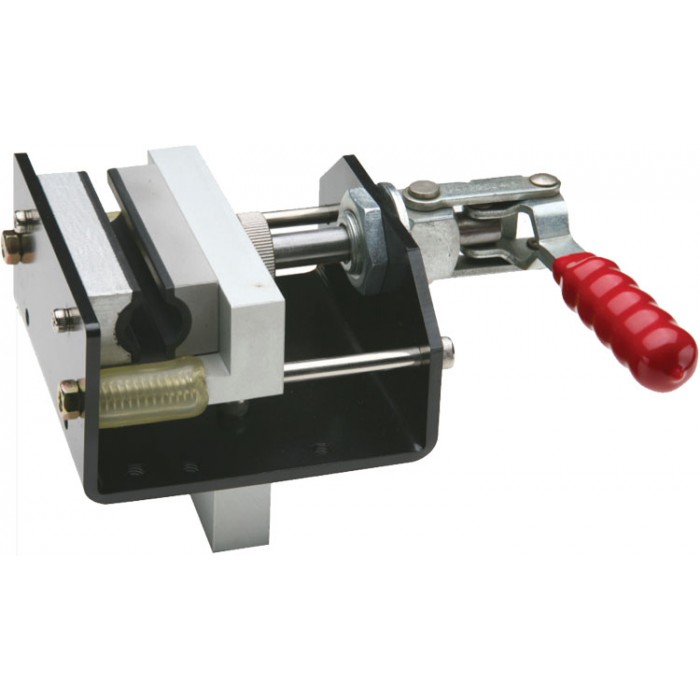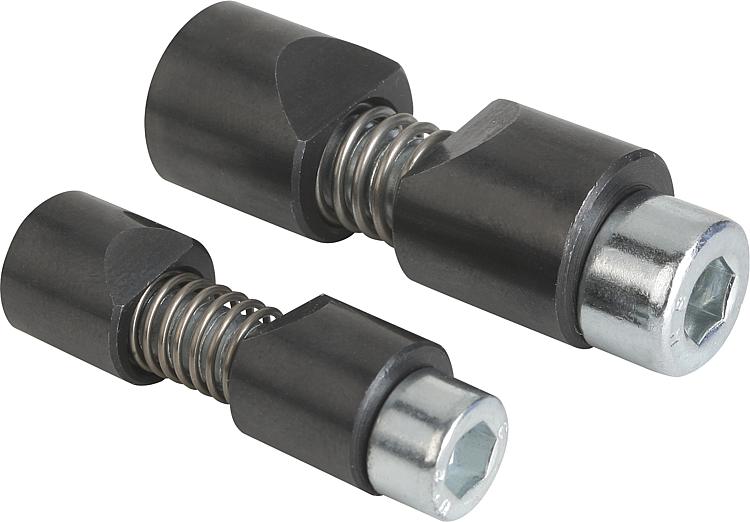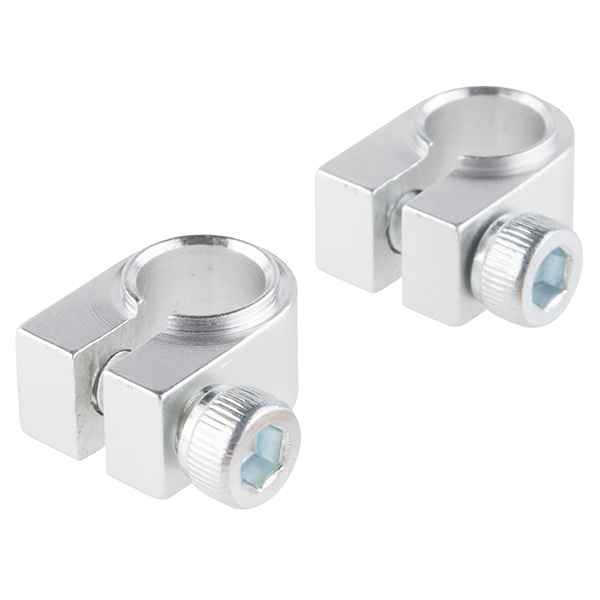Product Description
Heavy Stainless Steel Collar High Speed Steel Roll Collar China Brand Manufacturer Industrial
Product Description
A stainless steel collar is a collar or shaft collar made from stainless steel, a corrosion-resistant alloy. Stainless steel is composed primarily of iron, with the addition of chromium and other alloying elements that provide excellent resistance to rust, staining, and corrosion.
Stainless steel collars are commonly used in various applications where corrosion resistance and durability are essential.
Application
Applications of Stainless Steel Collars:
- Industrial Machinery: Stainless steel collars are widely used in various industrial machinery and equipment for shaft positioning, alignment, and support. They are commonly found in conveyors, pumps, motors, and other rotating systems.
- Food and Beverage Industry: Stainless steel collars are utilized in food processing and beverage production equipment due to their hygienic properties and resistance to corrosion from food products or cleaning agents.
- Marine and Offshore Applications: Stainless steel collars are commonly used in marine and offshore environments, where exposure to saltwater and harsh weather conditions requires corrosion-resistant components.
- Medical and Pharmaceutical Equipment: Stainless steel collars are employed in medical devices, laboratory equipment, and pharmaceutical machinery, where cleanliness, corrosion resistance, and durability are critical.
- Automotive and Transportation: Stainless steel collars are used in various automotive and transportation applications, such as vehicle manufacturing, suspension systems, and engine components, where corrosion resistance and strength are essential.
- Architectural and Decorative Applications: Stainless steel collars can be found in architectural designs, furniture, and decorative applications, where their corrosion resistance, aesthetic appeal, and durability are valued.
| Material: | Carbon Steel |
|---|---|
| Load: | Drive Shaft |
| Stiffness & Flexibility: | Flexible Shaft |
| Journal Diameter Dimensional Accuracy: | IT6-IT9 |
| Axis Shape: | Straight Shaft |
| Shaft Shape: | Real Axis |
| Samples: |
US$ 9999/Piece
1 Piece(Min.Order) | |
|---|

What are the steps for replacing existing collars with steel collars in industrial settings?
Replacing existing collars with steel collars in industrial settings typically involves several steps to ensure a smooth and successful transition. Here are the general steps to follow:
- Assessment and Planning: Evaluate the existing collars and machinery to determine the type, size, and specifications of the collars to be replaced. Assess the specific requirements, operating conditions, and performance goals of the machinery to select suitable steel collars. Create a detailed plan that includes a timeline, required resources, and any necessary modifications to accommodate the new collars.
- Acquiring Steel Collars: Procure the appropriate steel collars based on the assessment and planning phase. Consider factors such as collar type (set screw collars, clamping collars, etc.), material (carbon steel, stainless steel, etc.), dimensions, and quantity required. Ensure that the selected collars are compatible with the shaft size and clamping mechanism of the machinery.
- Preparation: Before replacing the collars, prepare the machinery by shutting it down and following any necessary safety protocols. Remove any obstructions or debris near the collar area to provide clear access for the replacement process.
- Removal of Existing Collars: Use appropriate tools and techniques to remove the existing collars. Depending on the type of collar, this may involve loosening set screws, unclamping mechanisms, or disassembling collar components. Take care not to damage the shaft or surrounding machinery during the removal process.
- Cleaning and Inspection: Clean the shaft and surrounding areas to remove any dirt, debris, or remnants of the old collars. Inspect the shaft for any signs of wear, damage, or corrosion that may require additional attention or maintenance before installing the new collars.
- Installation of Steel Collars: Carefully position the steel collars on the shaft, ensuring proper alignment and fit. Follow the manufacturer’s instructions or recommended torque specifications for tightening set screws or clamping mechanisms. Use appropriate tools and techniques to secure the collars firmly in place, taking care not to overtighten or damage the collars or shaft.
- Testing and Adjustment: After installing the steel collars, test the machinery to ensure proper operation and performance. Check for any abnormal vibrations, misalignments, or issues that may indicate the need for further adjustment or fine-tuning. Make any necessary adjustments to achieve optimal performance.
- Documentation and Maintenance: Document the replacement process, including details of the steel collars used, any modifications made, and the date of replacement. Keep a record of maintenance schedules and any specific requirements for the new collars. Regularly inspect and maintain the collars to ensure their continued performance and longevity.
It’s important to note that these steps provide a general guideline, and the specific process may vary depending on the machinery, collar type, and industrial setting. It’s recommended to consult the manufacturer’s documentation, equipment manuals, or engage with experienced professionals for precise instructions and any specific considerations related to your industrial setting.

Where can I find tutorials on the proper installation of steel collars?
When it comes to learning the proper installation techniques for steel collars, there are several resources available that can provide tutorials and guidance. Here are some places where you can find tutorials on the proper installation of steel collars:
- Manufacturer’s Websites: Many manufacturers of steel collars provide detailed installation guides or tutorials on their websites. These resources often include step-by-step instructions, diagrams, and sometimes even videos to demonstrate the correct installation procedures for their specific collar designs. Visit the websites of reputable steel collar manufacturers to see if they offer installation tutorials or guides.
- Online Video Platforms: Video-sharing platforms like YouTube or Vimeo can be valuable sources for finding tutorials on various mechanical assembly techniques, including the installation of steel collars. Many content creators and organizations share instructional videos demonstrating proper installation procedures. You can search for specific keywords such as “steel collar installation tutorial” or “how to install steel collars” to find relevant videos.
- Online Technical Communities and Forums: Online communities and forums dedicated to mechanical engineering, industrial equipment, or manufacturing often have discussions and threads where professionals share their expertise. Participating in these communities and asking for installation advice or tutorials can provide valuable insights and guidance from experienced individuals.
- Trade Publications and Magazines: Trade publications and magazines in the mechanical engineering or industrial fields may feature articles or tutorials on various assembly techniques. These resources often provide detailed explanations, illustrations, and best practices for installing different types of mechanical components, including steel collars.
- Professional Training Courses: Some technical training institutions or organizations offer courses or workshops on mechanical assembly and industrial equipment. These courses may cover topics related to proper installation techniques for various components, including steel collars. Consider researching and enrolling in relevant training programs to gain hands-on knowledge and expertise.
When referring to tutorials, it’s important to ensure that the information comes from reputable sources and aligns with industry best practices. Always follow the manufacturer’s guidelines and recommendations specific to the steel collar you are installing, as different collar designs may have unique installation requirements.
By utilizing these resources and learning the proper installation techniques, you can ensure the correct and effective installation of steel collars in your mechanical assemblies, promoting optimal performance and reliability.

What are the key features to consider when selecting a steel collar for a specific shaft?
When selecting a steel collar for a specific shaft, there are several key features to consider. These features will help ensure that the collar is compatible with the shaft and meets the requirements of the application. Here are the key features to consider:
- Shaft Diameter: The most critical feature to consider is the shaft diameter. The steel collar’s inner diameter should match the shaft diameter precisely to ensure a proper fit. Measure the shaft diameter accurately and select a collar with an inner diameter that matches it.
- Material: Consider the material of the steel collar. It should be compatible with the environmental conditions and the materials it will come into contact with during operation. Common materials for steel collars include carbon steel, stainless steel, and alloy steel. Each material has its own properties in terms of strength, corrosion resistance, and temperature tolerance.
- Width and Thickness: The width and thickness of the steel collar are important factors to consider. The width should be sufficient to provide stability and support to the shaft, while the thickness should be suitable to handle the applied loads. Consider the required load capacity and the space available on the shaft when selecting the appropriate width and thickness.
- Mounting Method: Steel collars can be mounted using various methods, such as set screws, clamping screws, or split designs. Consider the mounting method that is most suitable for your application. Set screw collars use screws to secure the collar onto the shaft, clamping screw collars use screws to tighten the collar around the shaft, and split collars can be easily installed and removed without the need for complete disassembly.
- Special Features: Depending on the application requirements, you may need to consider special features of the steel collar. This could include keyways, tapped holes, or threaded bores for attaching additional components or accessories. Evaluate if any special features are necessary for your specific application.
- Surface Finish: The surface finish of the steel collar can impact its durability and resistance to wear. Consider factors such as smoothness, hardness, and any protective coatings or treatments applied to the collar’s surface. These factors can affect the collar’s performance and resistance to factors like corrosion or abrasion.
- Manufacturer’s Specifications: Finally, refer to the manufacturer’s specifications and guidelines for the steel collar. Manufacturers provide detailed information about the collar’s design, load capacity, torque values, and other relevant data. Ensure that the collar meets the manufacturer’s recommendations and guidelines for your specific application.
By considering these key features, you can select a steel collar that is compatible with your specific shaft and meets the requirements of your application. It’s important to consult with the manufacturer or a knowledgeable supplier for further guidance and to ensure optimal selection and performance.


editor by CX 2023-11-06